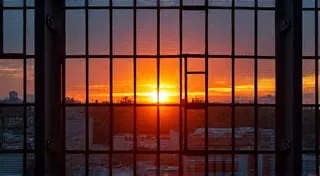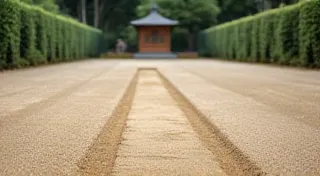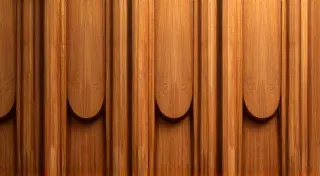Concrete Dreams: Brutalism’s Misunderstood Poetry
Brutalism. The very word often conjures images of imposing, monolithic structures – cold, impersonal, and even oppressive. It’s a style often associated with urban decay, bleakness, and a lack of human warmth. But what if we’re missing something? What if the sharp angles, exposed concrete, and sheer scale of Brutalist architecture aren’t symbols of ugliness, but a raw, honest expression of a post-war ambition – a poetry sculpted in concrete?
The Seeds of Brutalism: Post-War Necessity and Social Ideals
To understand Brutalism, we need to journey back to the aftermath of World War II. Europe lay in ruins, and the need for rapid, affordable housing and public buildings was paramount. Traditional architectural styles felt inadequate, almost frivolous, in the face of such widespread devastation. Enter Le Corbusier, a Swiss-French architect whose ideas would profoundly shape the movement. His "béton brut" – raw concrete – technique, initially born of practicality and material scarcity, became a signature. The name "Brutalism," derived from “béton brut,” was coined by British architectural critic Reyner Banham in the 1950s to describe this emerging style.
More than just a construction technique, Brutalism represented a utopian vision. It was envisioned as a way to create communities, providing functionality and dignity to all citizens. Public housing, universities, government buildings - all designed to serve a purpose and, ideally, to inspire. The honesty of the materials – the unapologetic exposure of the concrete – was intended to symbolize transparency and a rejection of ornamentation and superficiality. It was architecture meant to be functional and enduring, reflecting the aspirations of a rebuilding society. This commitment to functionality extended beyond just the structure itself; it touched upon the entire design process and the social impact of the built environment, reflecting a deeper consideration of human needs and the legacy of creation, a concept echoed in traditional crafts.
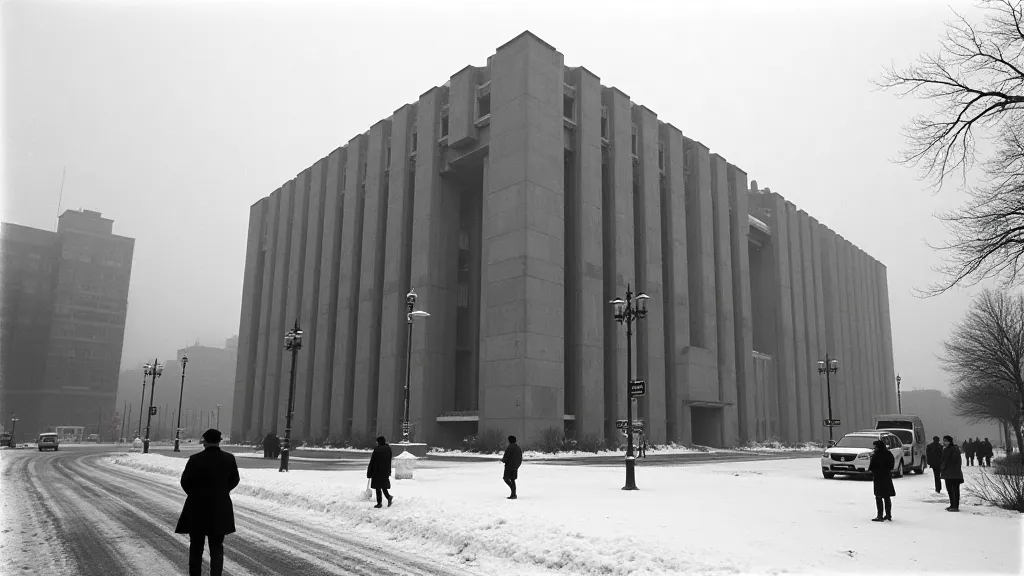
The Aesthetics of Honesty: Why Concrete Isn't Always Cold
The beauty of Brutalism isn't immediately obvious. It requires a shift in perspective, a willingness to appreciate the interplay of light and shadow on rough-hewn surfaces. It’s not about delicate curves or ornate details; it’s about the boldness of form, the repetition of elements, and the sheer monumentality of the structure. The texture of the concrete itself, often marked by the timber forms used in casting, becomes a visual interest – a record of the construction process made visible. This focus on the raw, unadorned nature of materials reflects a broader movement away from superficiality and toward authenticity in design, a theme that resonates with the dedication and skill involved in preserving traditional craftsmanship. Sometimes, a sense of quietude and intentionality is achieved through similar principles – an approach easily understood through exploring the Weight of Silence: Art Deco's Unsung Sanctuary of the Common Man.
I remember visiting Preston Bus Station in Lancashire, England, as a child. It was a place my father, a civil engineer, often had to visit. To me, it looked like a giant, concrete playground. Now, as an adult, I understand its architectural significance. The massive, layered forms, the repeated arches – they evoke a sense of powerful rhythm and order. It’s not a building that aims to be pretty, but it is undeniably impressive, a testament to human ingenuity and ambition. It’s a building that commands respect. The construction process itself, and the marks left by the forms, are an integral part of the aesthetic; it's a visual narrative of how the building came to be, a tangible echo of the hands that shaped it. This is a principle that speaks volumes about the echo of hammers, the lost art of craftsmanship, and the dedication required to create lasting structures.
The negative perception often stems from a misunderstanding of the intent. The buildings weren't designed to be cold or impersonal; they were designed to be practical and to serve a function. The perceived "coldness" often comes from the environments in which they were placed – often bleak or neglected urban landscapes. When Brutalist buildings are integrated thoughtfully into their surroundings, with landscaping and public spaces that soften the edges, their true potential can be realized.
The Craftsmen Behind the Concrete: A Lost Art?
It’s easy to dismiss Brutalist architecture as merely a matter of pouring concrete into forms. But there was a significant level of craftsmanship involved. The concrete mixes had to be carefully proportioned to achieve the desired strength and texture. The timber forms themselves were often custom-built, requiring skilled carpentry. The placement of the concrete, the finishing, the integration of other materials – all demanded a high level of expertise. The loss of this knowledge, and the decline in traditional building techniques, is a serious concern for the preservation of our built heritage.
The concrete finish, in particular, is often overlooked. The "formwork marks" - the impressions left by the timber forms – are not flaws, but intentional design elements. They provide a tactile quality and a visual record of the construction process. These markings, often smoothed or removed in later renovations, are a vital part of the building’s character. They represent the hands that shaped the concrete, the individuals who brought the design to life. There's a tangible link to the past embedded in those imperfections. They're a reminder of the human element in construction, something increasingly rare in an era of mass production. This attention to detail and the appreciation for the process itself are echoed in the mindful creation of structures from around the world, even in places where the dominant philosophy embraces a very different style, such as the careful positioning and design of Japanese pagodas – revealing the silent testimony of centuries of thoughtful creation.
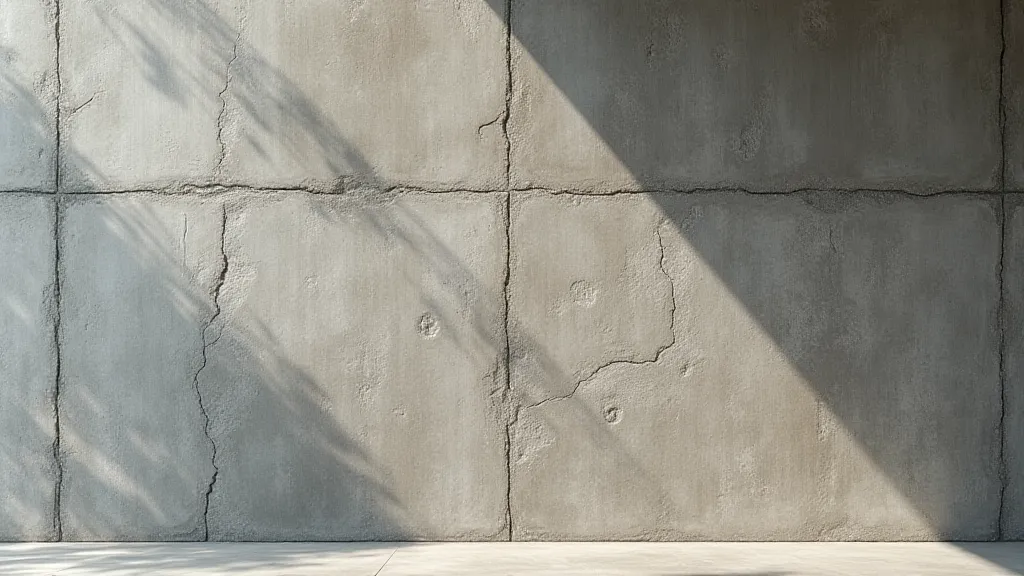
Enduring Relevance and a Call for Reconsideration
Brutalism has faced periods of decline and widespread rejection, often blamed for urban decay and perceived ugliness. Many buildings have been demolished or altered beyond recognition. However, there’s a renewed appreciation for the style, driven by a desire for authenticity and a recognition of its architectural significance. The cyclical nature of architectural trends and the constant reevaluation of design philosophies mean that what is once considered ugly or outdated can later be viewed with appreciation and understanding.
The principles underlying Brutalism – functionality, honesty, and a commitment to social responsibility – remain as relevant today as they were in the mid-20th century. In an era of fleeting trends and disposable architecture, Brutalist buildings offer a sense of permanence and durability. They remind us of the power of architecture to shape our environment and to create spaces that are both functional and inspiring. This durability isn't just about the physical materials, but also about the design's ability to withstand the test of time, both aesthetically and functionally, a concept linked to how factories left their mark on cityscapes – a reflection of how industrial processes and design choices shape urban landscapes.
Restoring and preserving these buildings isn't just about saving concrete structures; it's about preserving a chapter in our architectural history, a testament to a time of ambition, idealism, and a commitment to creating a better world. It’s about recognizing the artistry and craftsmanship that went into their creation. It’s about challenging our preconceived notions of beauty and appreciating the raw power and honesty of Brutalist architecture. The very act of preserving these buildings is a philosophical statement about the value of the past and the importance of honoring the creativity and effort of previous generations.
There's a growing movement to celebrate and protect these buildings, to educate the public about their historical and architectural significance. It's a chance to reconsider our relationship with the built environment, to recognize the value of structures that may not be conventionally beautiful, but that possess a unique and enduring power. Perhaps future generations will look back on our current architectural trends with a similar sense of reevaluation, appreciating the underlying principles and design choices that we may not fully understand today.
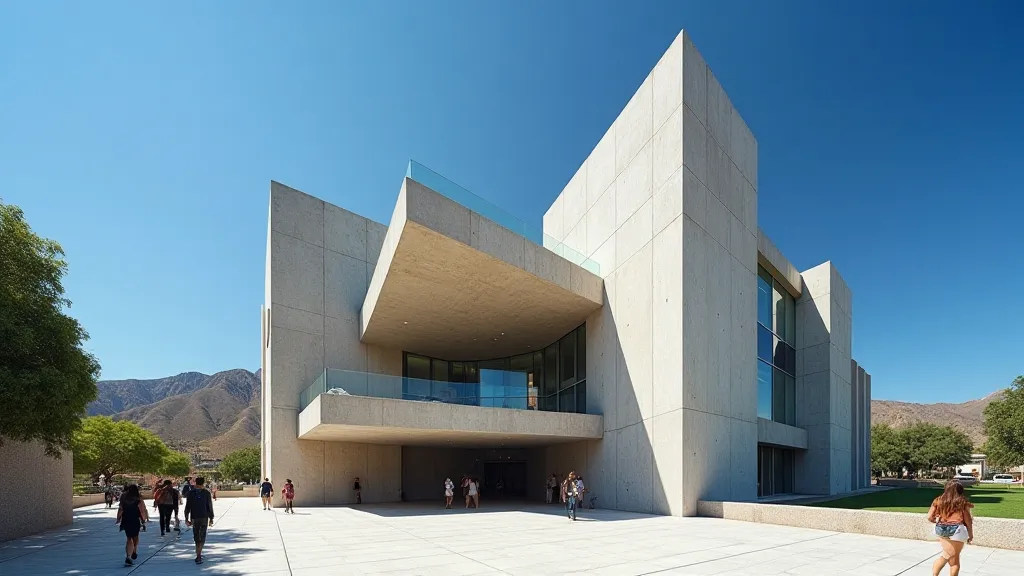
The beauty of Brutalism, like the impact of industrial processes, resonates with a certain aesthetic that also recalls the lingering influence of past design and construction methodologies.

